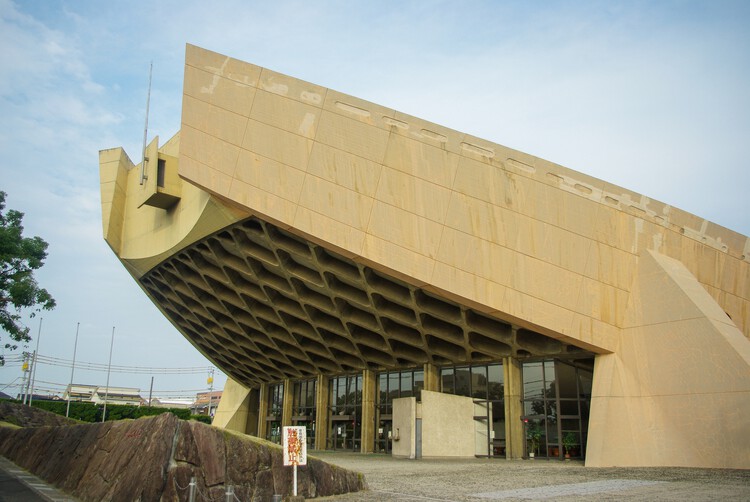 Kagawa Prefectural Gymnasium / Kenzo Tange. Image © [TETSU Snowdrop] / Shutterstock
Kagawa Prefectural Gymnasium / Kenzo Tange. Image © [TETSU Snowdrop] / Shutterstock
Share
Or
https://www.archdaily.com/1033155/citizen-led-campaign-proposes-new-use-for-kenzo-tanges-kagawa-gymnasium-facing-demolition
In February 2023, the governor of Kagawa Prefecture, Japan, announced the planned demolition of the Kagawa Prefectural Gymnasium, designed by Pritzker Prize-winning architect Kenzo Tange. Discussion surrounding its fate dates back to its permanent closure in 2014, after a roof leak caused structural problems in the ceiling boards. Since then, several organizations have worked to save the building, including a petition by the World Monuments Fund and an effort by a promotional council to nominate it as a UNESCO World Cultural Heritage site in 2021. Despite these initiatives, on August 7, 2025, the Kagawa Prefectural Government officially announced a public competitive bidding process to select a contractor for the demolition, something the Former Kagawa Prefectural Gymnasium Regeneration Committee is determined to prevent.
The Kagawa Prefectural Gymnasium is regarded as a Brutalist landmark of Japan’s postwar modernist era. Built between 1961 and 1964, it is considered a prototype for Kenzo Tange’s renowned Yoyogi National Gymnasium. Designed as part of Japan’s rapid modernization in the lead-up to the 1964 Tokyo Olympics, the building features a sweeping, upward-curving concrete roof that appears to billow like a taut sail or rise like the prow of a ship. This profile, combined with its ribbed concrete surface, earned it the nickname “Boat Gymnasium.” The structure merges brutalist materiality with an open and flexible interior space, spanned by large cantilevered concrete beams. The “Boat” imagery is emphasized by its elongated plan, its relationship to the surrounding Takamatsu landscape, and its maritime location near the Seto Inland Sea.
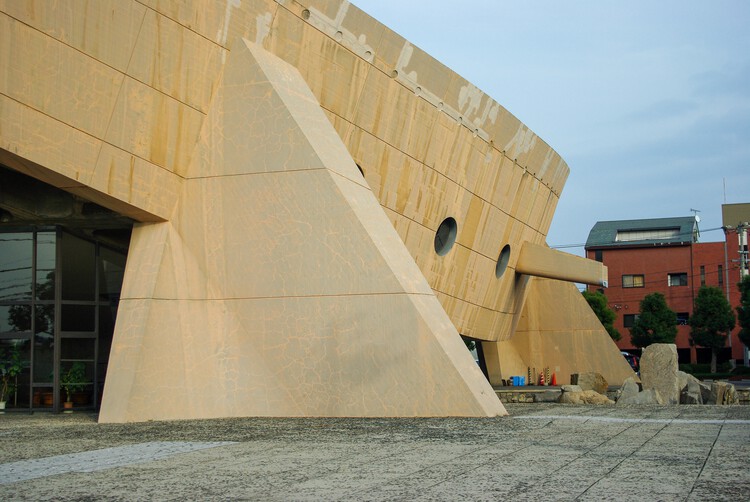 Kagawa Prefectural Gymnasium / Kenzo Tange. Image © [TETSU Snowdrop] / Shutterstock
Kagawa Prefectural Gymnasium / Kenzo Tange. Image © [TETSU Snowdrop] / Shutterstock
Fifty years after its opening, in 2014, the gymnasium was closed due to concerns over its earthquake resistance. Demolition was favored because of a lack of viable reuse options and safety concerns, but it was not until February 2025 that the prefectural assembly approved a budget proposal allocating approximately 1 billion yen for demolition work. In response to the imminent threat, the Former Kagawa Prefectural Gymnasium Regeneration Committee was formed as a private organization to promote preservation and regeneration initiatives. The Committee developed a proposal to purchase, repair, and reuse the landmark building, supported by private companies involved in the planning, design, and operation of cultural and accommodation facilities. Together, they submitted a letter of intent to the prefecture and the Prefectural Board of Education on July 18.
Related Article A Look Back at the 9 Japanese Architects Honored with the Pritzker Prize
The plan envisions revitalizing the facility as a “tourism exchange hub” combining art and architecture. The proposal includes earthquake-resistance reinforcement and would be carried out entirely with private funds. The Committee aims either to purchase the building and land or to secure a fixed-term lease, enabling restoration without the use of public funds. Two preliminary business models have been proposed: one involving a hotel with a book lounge, and another transforming the building into a single-structure hotel. Both remain subject to change following further study. To advance these plans, the Committee has launched an open citizen petition, which has already garnered over 27,000 signatures, and is encouraging supporters to send letters or emails to the governor.
Despite the petition’s success, the Committee’s restoration proposals have not yet reached the discussion stage. The bidding process to select a demolition contractor is scheduled for September 2-4, with construction expected to continue until 2027. In the meantime, the petition remains open for signatures. Preservation efforts are taking place worldwide: in Australia, a petition to save Tadao Ando’s M Pavilion successfully extended its life until 2030; in the United States, the Eames House (Case Study House No. 8) recently reopened to visitors after a five-month closure for smoke damage repairs following the Palisades Wildfire earlier this year; and the Getty Foundation’s Conserving Black Modernism initiative has announced support for preserving five additional buildings. In New York, a restored module from Tokyo’s Nakagin Capsule Tower is also on year-long display at MoMA.

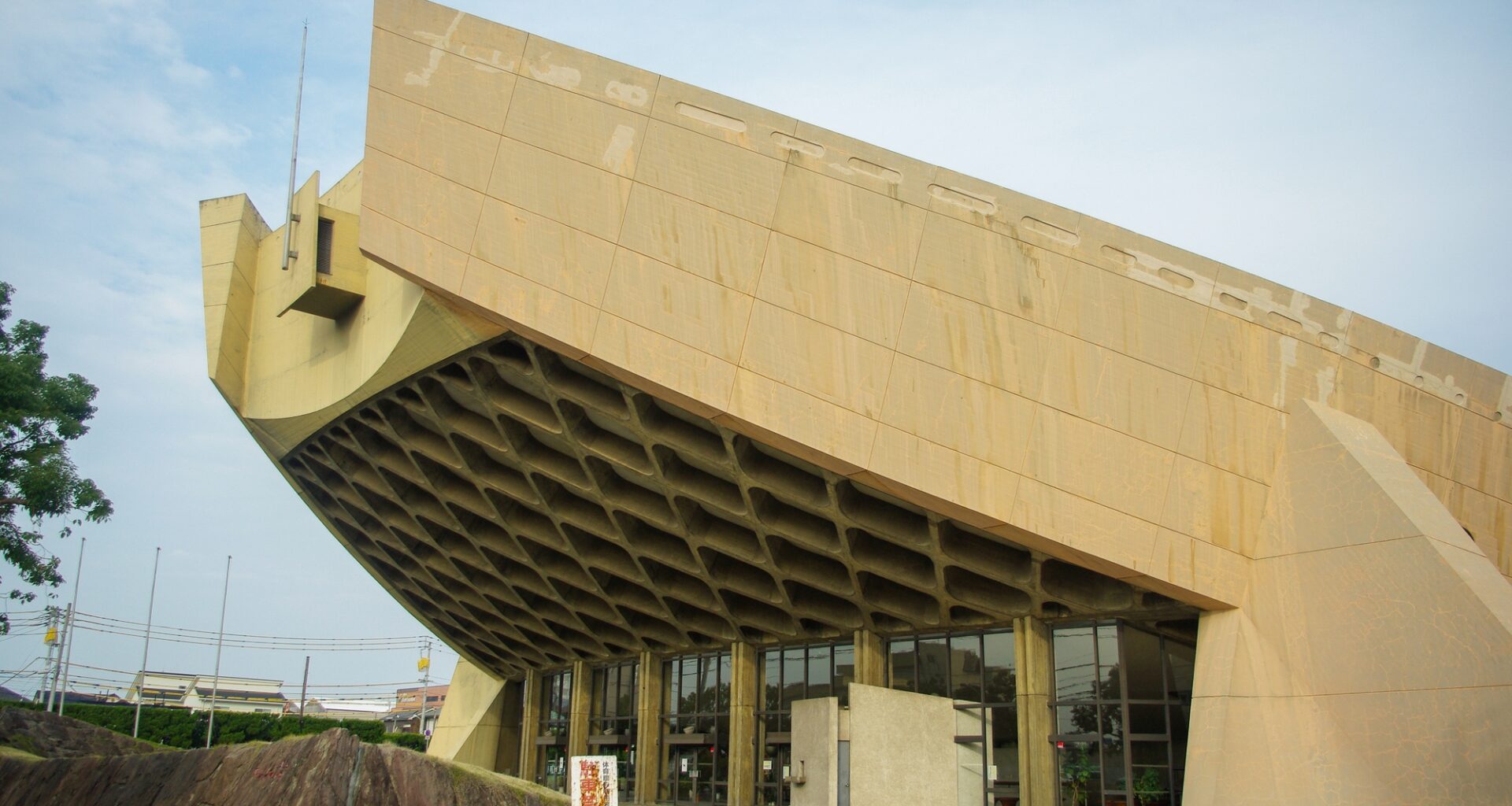
![Kagawa Prefectural Gymnasium / Kenzo Tange. Image © [TETSU Snowdrop] / Shutterstock Citizen-Led Campaign Proposes New Use for Kenzo Tange's Kagawa Gymnasium, Facing Demolition - Image 2 of 6](https://www.newsbeep.com/au/wp-content/uploads/2025/08/1755292749_228_citizens-campaign-proposes-new-use-program-for-kenzo-tanges-boat-gymnasium-in-risk-of-prompt-demolit.jpeg)
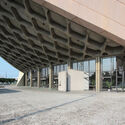
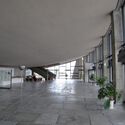

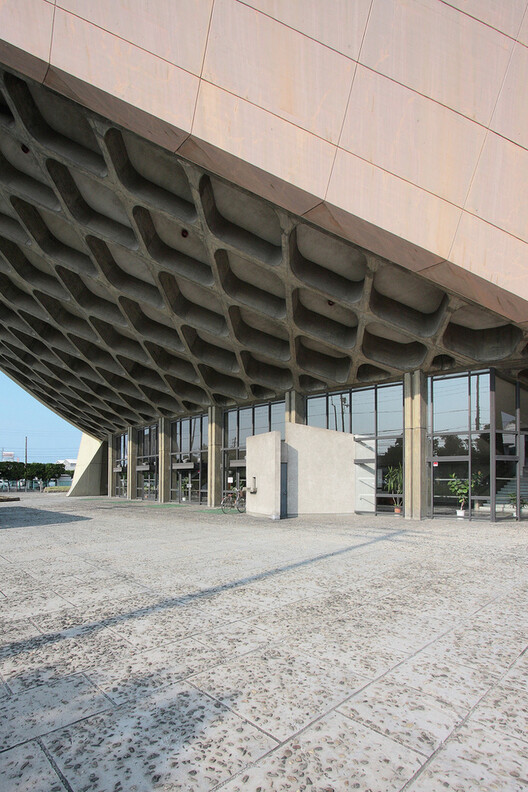 Kagawa Prefectural Gymnasium / Kenzo Tange. Photo by naoyafujii – http://www.flickr.com/photos/naoyafujii/. Used under Creative Commons. Image Courtesy of Naoyafujii
Kagawa Prefectural Gymnasium / Kenzo Tange. Photo by naoyafujii – http://www.flickr.com/photos/naoyafujii/. Used under Creative Commons. Image Courtesy of Naoyafujii